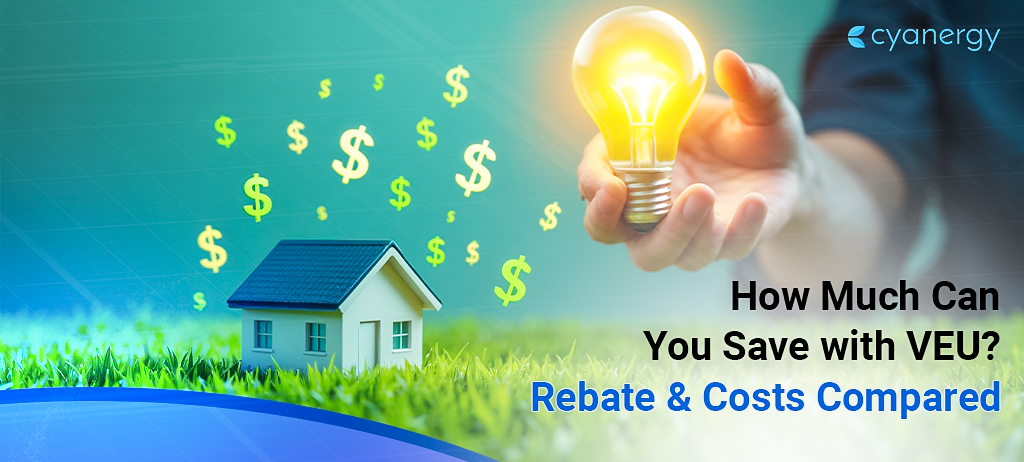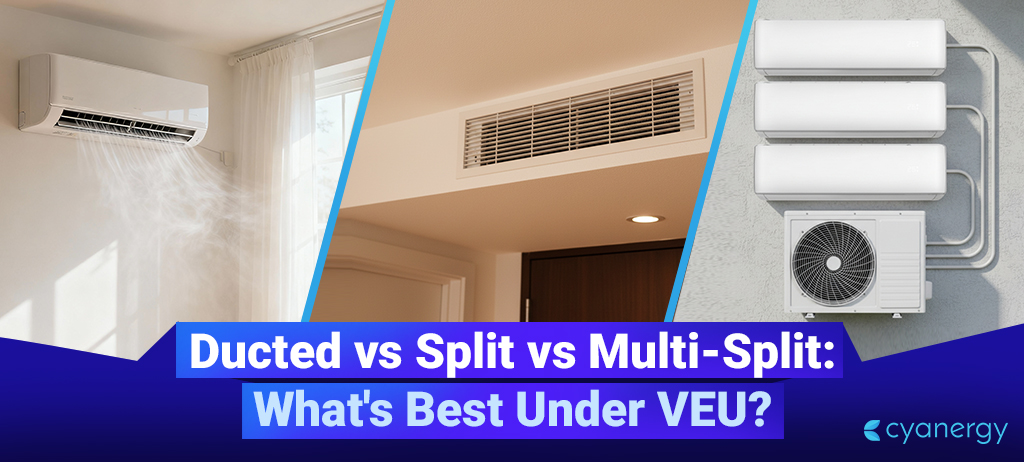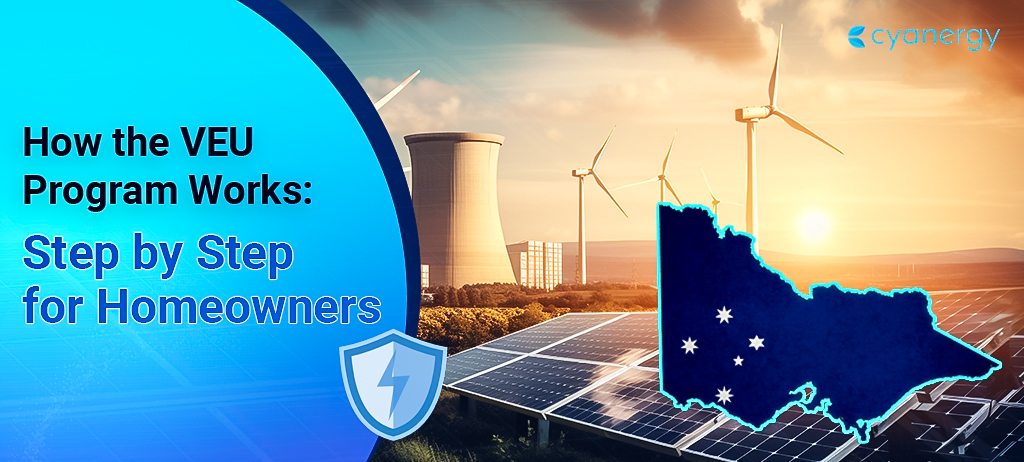Sustainable home designs use natural surroundings, eco-friendly building methods, and materials. These homes not only look beautiful but also offer economic and social benefits.
They are designed to save energy and reduce harm to the environment. This article will discuss sustainable home design to increase energy efficiency.
Investing in energy efficiency is wise when planning a new home or updating an existing one. This will save you energy and money, making your home more comfortable and long-lasting. The planning phase is also a great time to consider renewable energy sources for electricity.
Sustainable building design reduces a building’s environmental impact, with positive economic effects over time. Climate change makes finding environmentally friendly ways to build and live even more vital.
It’s essential to consider the environment when designing a home. Sustainable home design considers how people live daily, focusing on natural resources, waste management, energy use, materials, and water efficiency.
What is Sustainable Housing Design?
Sustainable housing design involves building and maintaining homes that save energy, natural resources, and materials while protecting people’s health. It also considers how the home affects the environment, economy, and society.
Sustainable housing design means creating homes that are gentle on the environment, safe for people, and smart for the economy.
These homes are built to use less energy, save water, and use fewer materials to reduce waste and pollution.
By focusing on eco-friendly materials and energy-efficient building practices, sustainable homes keep the environment cleaner and also help save money on electricity and water bills in the long term.
A sustainable home is carefully planned to make the most of natural resources. It might have solar panels to capture sunlight for energy, rainwater tanks to collect and reuse water, and proper insulation to keep the house warm in winter and cool in summer without needing much heating or air conditioning.
These homes also use safe, non-toxic materials, which help keep indoor air clean and healthy for people there.
Beyond being good for the environment, sustainable homes also consider the economy and the people around them.
Reducing energy and water costs makes them more affordable over time, making them a wise choice for many families.
They also help the economy by creating jobs in green construction and eco-friendly industries. Sustainable housing encourages a healthy community by prioritising the environment and people’s well-being.
In short, sustainable housing design means building homes that are kind to nature, healthier to live in, and economical over time. These homes help reduce pollution, save energy, and strengthen communities, ensuring a better future for everyone.
Elements That Make Sustainable Homes Energy Efficient| Principles of Energy-efficient Home Design
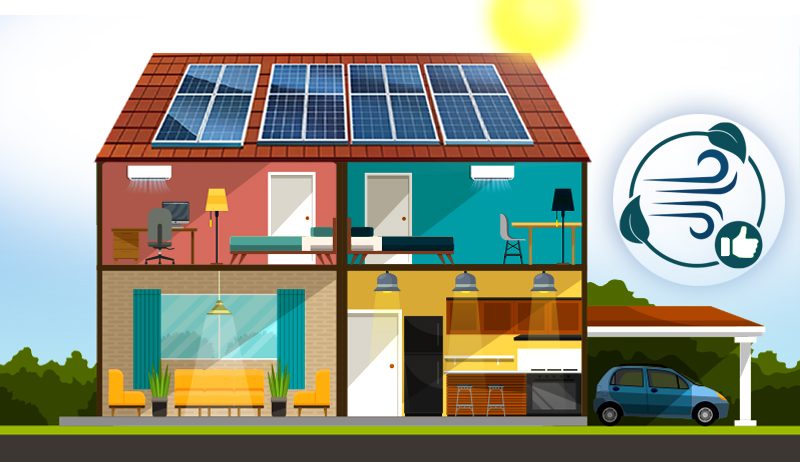
Energy Efficiency
Sustainable homes are popular because they reduce energy use and lower carbon emissions while being comfortable. Small changes like improving insulation and using window designs that maximise sunlight can make your home more energy-efficient.
Solar panels are also an excellent option for clean, renewable energy. When choosing appliances and lights, go for energy-saving models and consider upgrading to double-pane windows to prevent heat loss.
If you need help reducing energy use, talk to an expert from Cyanergy. Our expert can guide you from design to construction, ensuring your home is energy-efficient.
Recycled & Sustainable Materials
Sustainable homes also use recycled and eco-friendly materials. Recycled materials reduce the need for new resources and minimise pollution.
Choosing natural, renewable, and non-toxic materials improves air quality and saves energy in the long run. Plus, recycled materials can be budget-friendly and add a unique look to your home.
Green Building Systems
Green building systems can further reduce a home’s environmental impact. Technologies like solar panels, energy-efficient appliances, and smart thermostats help lower electricity bills and reduce waste.
Geothermal heat pumps, wind turbines, and LED lighting are great options for sustainable homes. Occupancy sensors and smart switches can save energy by turning off lights when they’re not in use.
Volatile Organic Compounds (VOCs)
Benefits of Sustainable Home Design| Why Sustainable Houses Are The Future?
Sustainable home designs use eco-friendly building methods and materials that blend with natural surroundings.
These designs not only look good but also offer economic and social benefits. They are energy-efficient, which helps reduce the impact on the environment.
Let’s look at some key advantages of sustainable home designs:
Reduced Environmental Impact
Sustainable homes help lower environmental damage by reducing waste during and after construction. The materials used are eco-friendly and can be recycled, reducing pollution.
These homes go beyond green building processes and include eco-friendly features like windows, doors, floors, and ceilings.
For example, many sustainable designs use natural materials like wood for doors and windows, as wood is biodegradable and has a low environmental impact.
Energy Efficiency
Non-renewable energy sources cause a lot of pollution. Sustainable homes are designed to reduce energy use, lowering utility bills. Energy-saving strategies include sealing attic spaces, using low-emission windows, advanced framing, and installing solar panels.
These measures help your home retain heat or cool air, reducing the need to run your heating or cooling systems as much. Systems that recycle wastewater also conserve water, lowering your water bills. Overall, reducing energy use means less reliance on non-renewable energy.
Increased Property Value
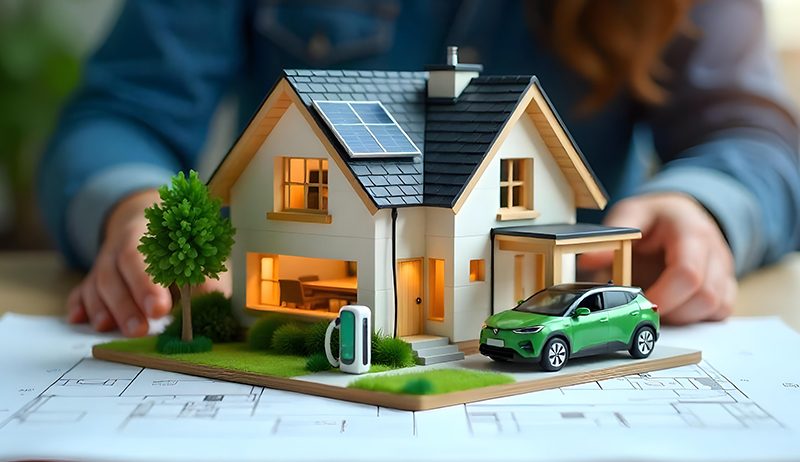
Sustainable homes are gaining value as more people recognise the benefits of eco-friendly living.
Governments often provide tax breaks for these homes because they help save energy. As a result, sustainable buildings typically have a higher resale value than modern homes that consume more power.
Improved Indoor Air Quality
Sustainable homes use low-VOC (volatile organic compound) paints and finishes, which release fewer harmful fumes than traditional products.
This improves air quality inside the home and primarily benefits people with allergies. Good air quality is essential for healthy living, as poor air quality can lead to respiratory issues.
Lower Operating Costs
While building a sustainable home can be expensive upfront, the long-term savings on energy and water bills make it worthwhile. Many sustainable homes qualify for rebates and tax incentives, which makes them more affordable.
For example, solar panels can help you save on electricity by using sunlight to power your home. Some homeowners even design their homes to maximise natural light, reducing the need for artificial lighting during the day.
How to Design an Eco-friendly Sustainable Home in Australia? What Makes a Home Sustainable?
Designing an eco-friendly, sustainable home in Australia involves creating one that saves energy, uses natural resources wisely, and protects the environment.
Here’s a simple guide:
Choose Energy-Efficient Materials
Use materials from your local area, like timber and stone, which are environmentally friendly and support local businesses.
Consider using recycled wood, metal, or bricks. These reduce the need for new resources and give your home a unique look.
Make the Most of Natural Light and Heat
In Australia, the main living areas are to the north. This lets in plenty of natural light and keeps the home warm in winter and cool in summer.
Use double-glazed windows and proper insulation to keep the house at a comfortable temperature so you use less heating and cooling.
Add Solar Panels for Renewable Energy
Collect and Save Water
Install tanks to collect rainwater for watering gardens or even for household use. This reduces the demand for local water supplies.
Use low-flow taps, shower heads, and dual-flush toilets to reduce water usage inside your home.
Create a Garden with Native Plants
Plant native Australian plants, which are adapted to local climates and require less water. This creates a beautiful and easy-to-maintain garden.
Growing your vegetables reduces the need for store-bought produce and is healthier and fresher.
Use Energy-Saving Appliances and Lighting
Use LED lights throughout your home. They use less energy and last much longer than regular bulbs.
Look for energy-efficient appliances with high energy ratings that use less power and save on electricity costs.
Reduce Waste
Design for Future Flexibility
Plan your home to adapt to future needs, like extra rooms or different space uses. This way, your home can grow with your family without requiring significant renovations later.
By following these simple steps, you can create a sustainable, eco-friendly home in Australia that is energy-efficient, reduces waste, and makes the most of natural resources. This helps the planet and creates a comfortable, cost-effective, and beautiful home.
What are Passive Homes? How Does it Help With Sustainability and Energy Efficiency?

Passive homes are designed to use very little energy to stay warm in winter and cool in summer. They don’t rely heavily on heaters or air conditioners because they are built to keep a comfortable temperature all year round naturally.
The key to passive homes is their design— good insulation, airtight construction, and smart window positioning to capture sunlight.
These homes also have excellent insulation, which prevents hot or cold air from escaping, keeping the inside temperature steady without needing much additional energy.
This design helps make passive homes very energy-efficient. They don’t need much heating or cooling, which means lower energy bills and less electricity used.
Since they require minimal energy, passive homes reduce the need for non-renewable energy sources, making them great for the environment.
In the long run, they help reduce carbon emissions and the home’s impact on the planet, supporting a more sustainable way of living.
For more informative content like this, stay connected with Cyanergy.
